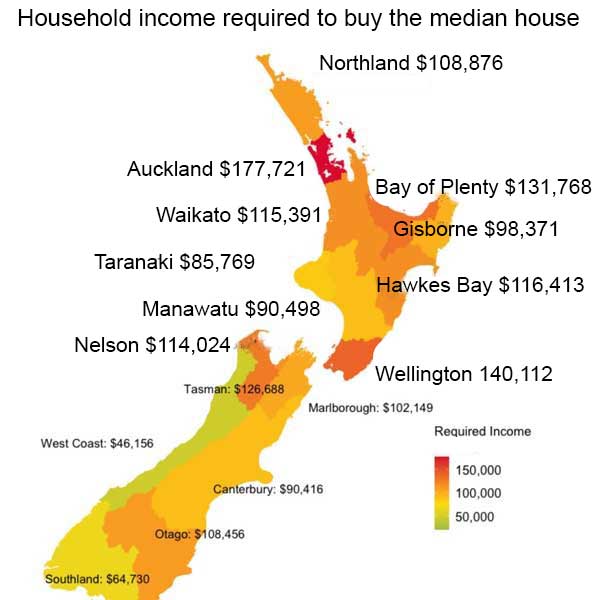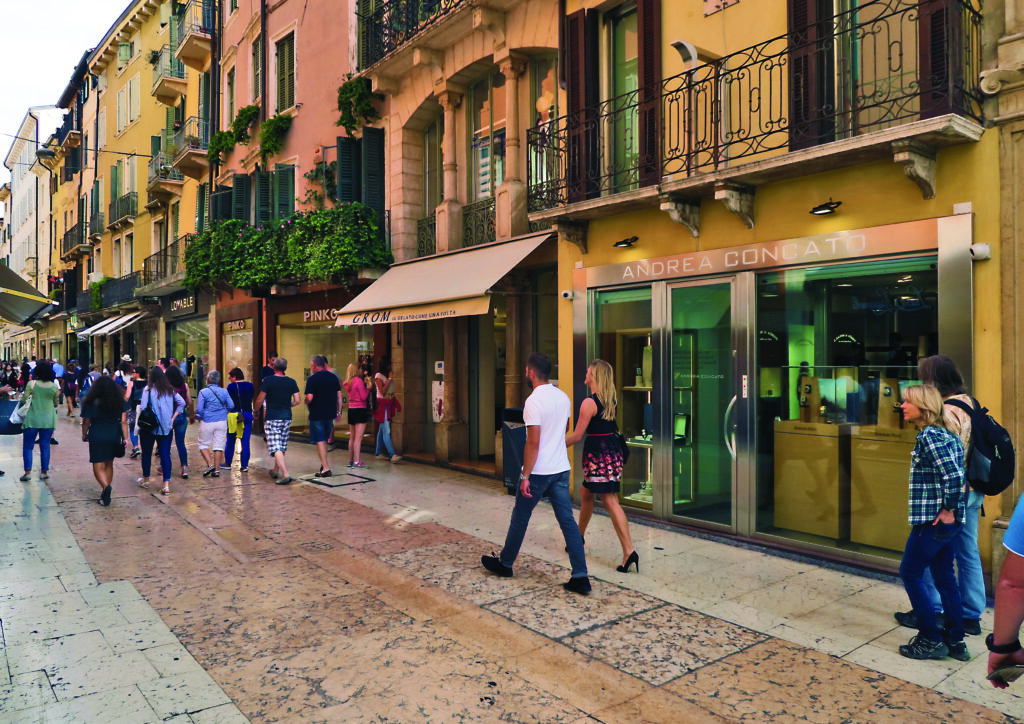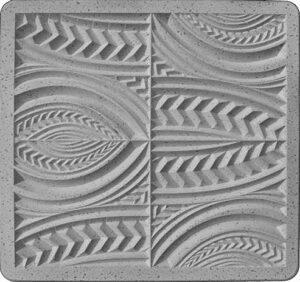FACT: 62% of New Zealanders cannot afford to buy a home. Affordable housing is achieved by lowering the cost of land, subdivision, materials, labour and consenting.

In historic market towns, most buildings are attached with side walls connected. This form of medium-density makes very efficient use of land, but also is necessary if all daily destinations are within walking distance.

Time to adopt 21st century manufacturing of buildings
Need: 4,000 three floor buildings on one site, preferably manufactured and installed in one year. How do you do it? How do you ensure it is affordable (target median price of $500,000 with the lowest price for a one-floor flat $200,000)?
To do this, one cannot use a private developer, because this is not how they do business. Instead, under the UDA appoint a urban development company where shares are held in trust for the 4,000 section owners.
It also will not work without UDA. The UDA was originally intended to provide one-stop for all elements in developments of national interest. Land acquisition, consenting, infrastructure and construction all approved by a single entity, originally to be called the Urban Development Authority. The direction of UDA was changed when the 6th Labour government took power – rebranded as Kainga Ora that used UDA authority to build state housing, but the law to do developments of national interest is on the books. It is needed to enable affordable housing on a large scale.
Buildings: Overseas, large-scale manufacture of buildings is commonplace. Not so in New Zealand where several hundred homes is considered large scale, and construction is typically bespoke, onsite using framing timber and gib and $90/hour licensed building practitioners. The average new home in NZ produces 4.5 tonnes of construction waste. There has to be a smarter way. There is… do not construct, instead manufacture.
See technical details for more on this. Target $500,000 median, $200,000 lowest
Beauty and Character: In researching the historic market towns of Europe, pundits said one cannot replicate the look in years because it took centuries to evolve. Not true. On further study, it was found it was not time, but the decision-maker. If a building is designed for a developer, amenity value is always measured against cost. But if the decision-maker is the person who will live in the home, and the person is given a broad portfolio of look and feel, they will make decisions based on their character and taste.
For example, a developer will choose a door based on lowest cost that will bring the highest sale price. A nicer door will only be selected if it influences the market value. In contrast a homeowner, especially one who plans to live there for a long time, perhaps even thinking about the home for their children and grandchildren will make the selection on their aesthetic value and enjoyment. In the historic towns of old Europe, one sees this kind of decision-making everywhere. The towns are beautiful because the people who built them would knew they would live with them for years and decades.

At one time such visual amenity depended on skilled craft master working with locally-available resources. Today, with computer-assisted design and manufacturing, a standard frame house can have a wide range of surface finishes to offer that same variety – provided the development company thinks about it and offers such choices.
For example, the decorative surface treatment in this panel looked like a traditional hand carving. But it was designed by a leading Māori artist using a computer. It was then printed using a 3D digital printer that as a wall panel. While this was an original design, 3D cameras can capture detailed finish of historic designs, instantly replicating the original.